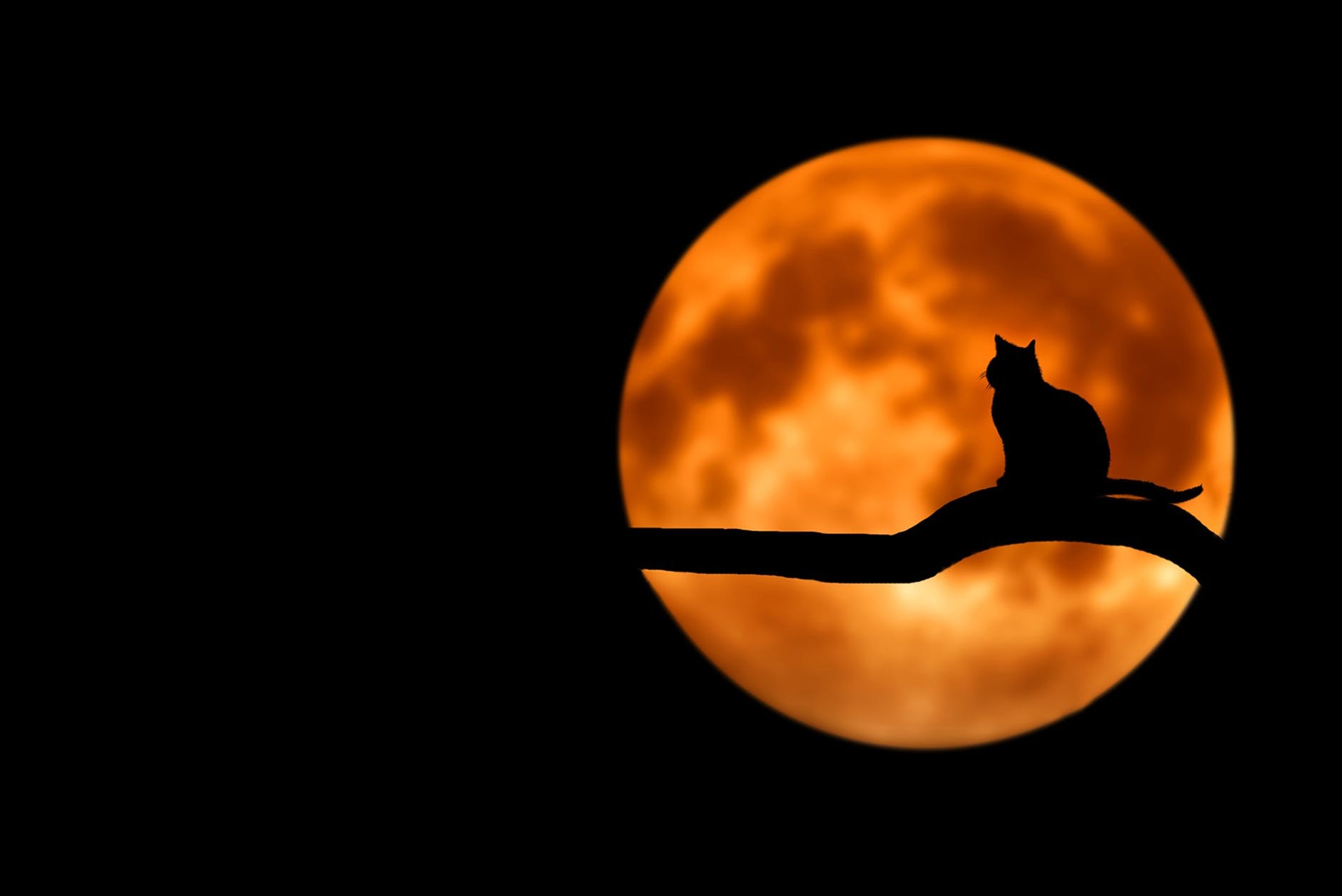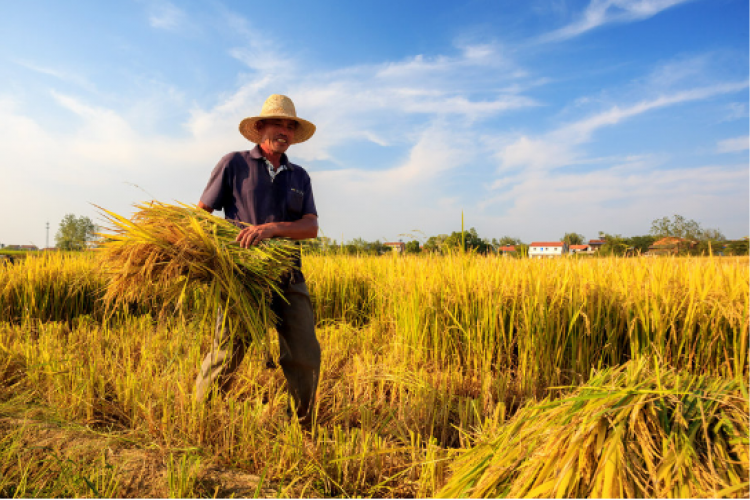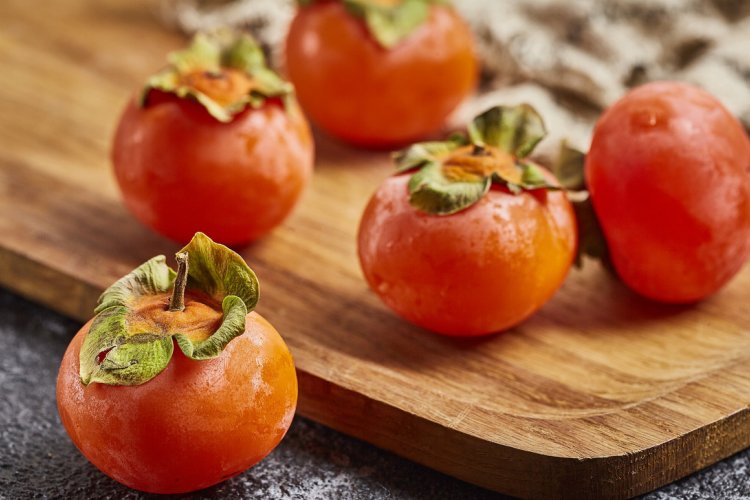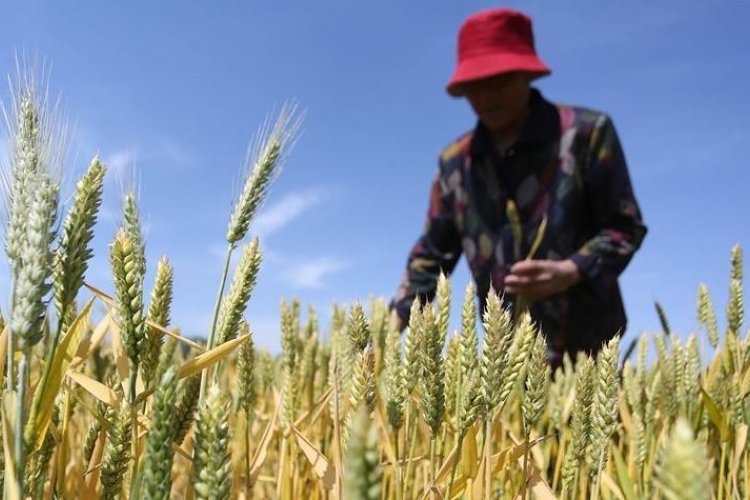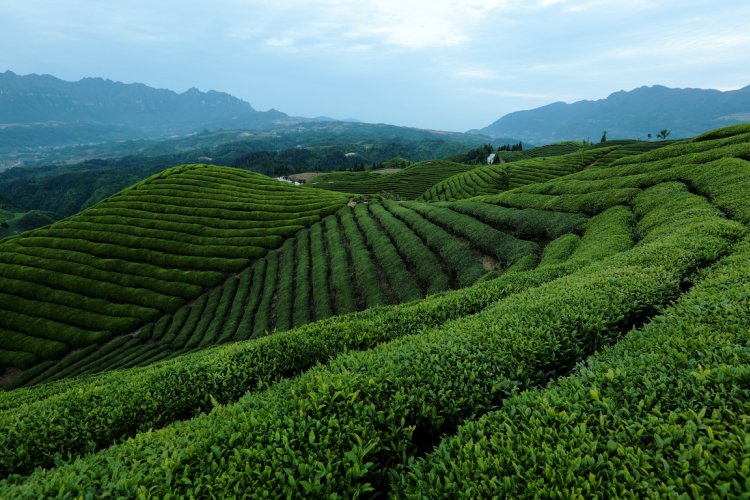Solar Terms 101: The Night Grows Longer, The Moon Shines Brighter
The traditional Chinese lunar calendar divides the year into 24 节气 jiéqì solar terms based on seasonal changes and natural phenomenon. They play an important role in guiding agricultural activities, even to this day. But even city-dwellers like us can enjoy them. Each solar term has its own associated customs, traditions, and even recipes. In Solar Terms 101, we delve into what makes each one special...
Name of the solar term: 秋分 qiūfēn lit. “Autumn Equinox"
Gregorian date: Sep 23 +/- a day (Sep 23, 2022)
What is qiufen all about
There are about 90 days between 立秋 lìqiū, autumn’s first solar term, and 霜降 shuāngjiàng, the last term before winter, and qiufen – aka autumn equinox – happens to fall smack dab in the middle of this period. On this day, the solar longitude reaches 180 degrees and most direct sunlight lands as close as possible to the earth’s equator, effectively splitting day and night into equal lengths throughout the world.
Despite a cold air mass coming down from Serbia and more rainfall due to warm moist air withdrawing from the atmosphere, the humidity in the air continues to decrease during this solar term and most of China officially enters the autumn season, meteorologically speaking of course. For us Beijingers, it may be the most comfortable season of the year, leaving the summer heat behind while the cold snap is yet to come, and the mild, cool breeze is much gentler than the howling winds that sweep across the city in spring. Moreover, with considerably less smog, the sky tends to be brighter, higher, and clearer.
The micro-seasons of qiufen
During the autumn equinox, the vacillating between yin and yang energy continues to have its way on various natural phenomena. In the first micro season, 雷始收声 léi shǐ shōu shēng, ancient Chinese noticed that the window-rattling thunder which dominated summer becomes significantly less frequent during this season. They thought this was because the excessive yang energy, which manifests as thunder, had been overtaken by the growing yin energy.

The second micro season, 蛰虫始户 zhé chóng shǐ hù expresses the opposite idea of the solar term 惊蛰 jīngzhé, or the awakening of insects in spring. The bugs that were out and about in the field during spring and summer now return to their caves and wait for the winter to give way to another cycle of life. The final microseason, 水始涸 shuǐ shǐ hé marks the advent of autumn, reflected in the dry air and receding water levels of lakes and rivers.
Praising the goddess of the moon
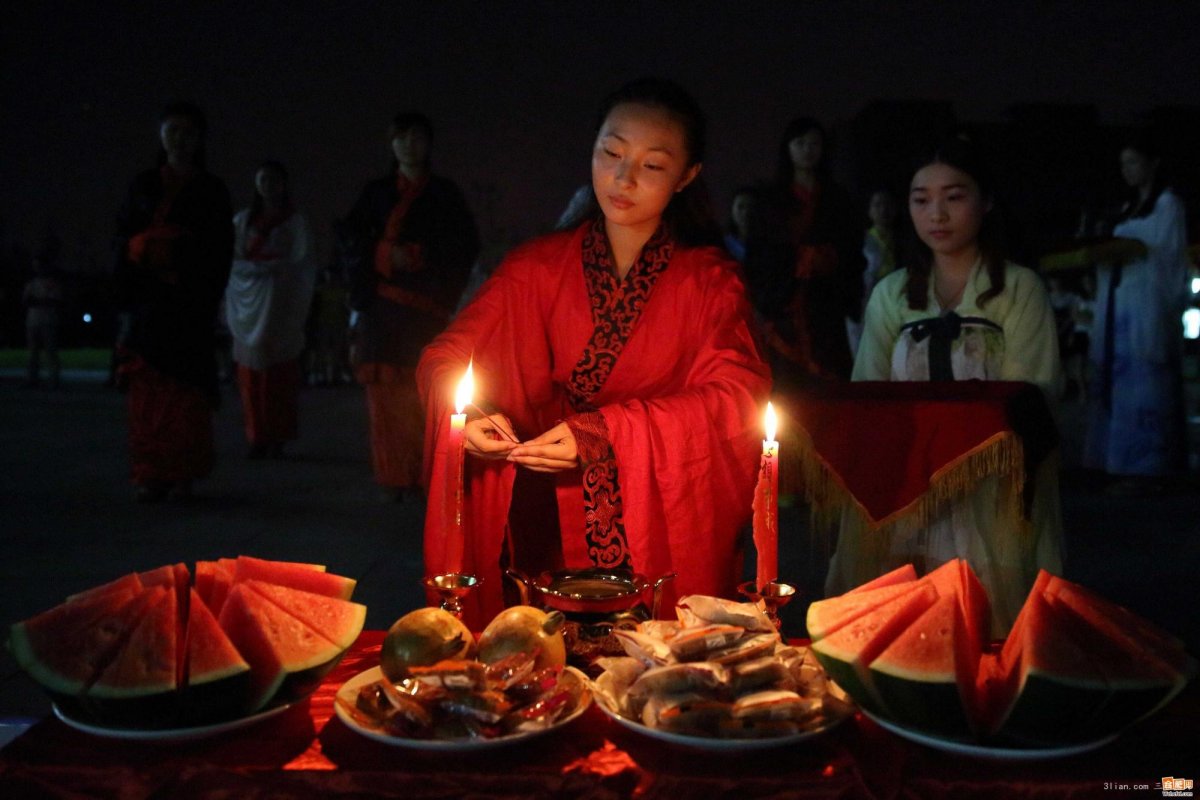
You may have heard about China's Mid-Autumn Festival and its relation to the moon even before you landed in the Middle Kingdom. However, long before the Mid-Autumn Festival as we know it took shape, ancient Chinese had already started worshipping the goddess of the moon during this season. The tradition of the Mid-Autumn Festival was only settled after people realized it coincides with the full moon. Besides mooncakes, fruit is the most popular tribute for the ritual, and since a goddess resides in the lunar palace, men do not usually pray in front of her.
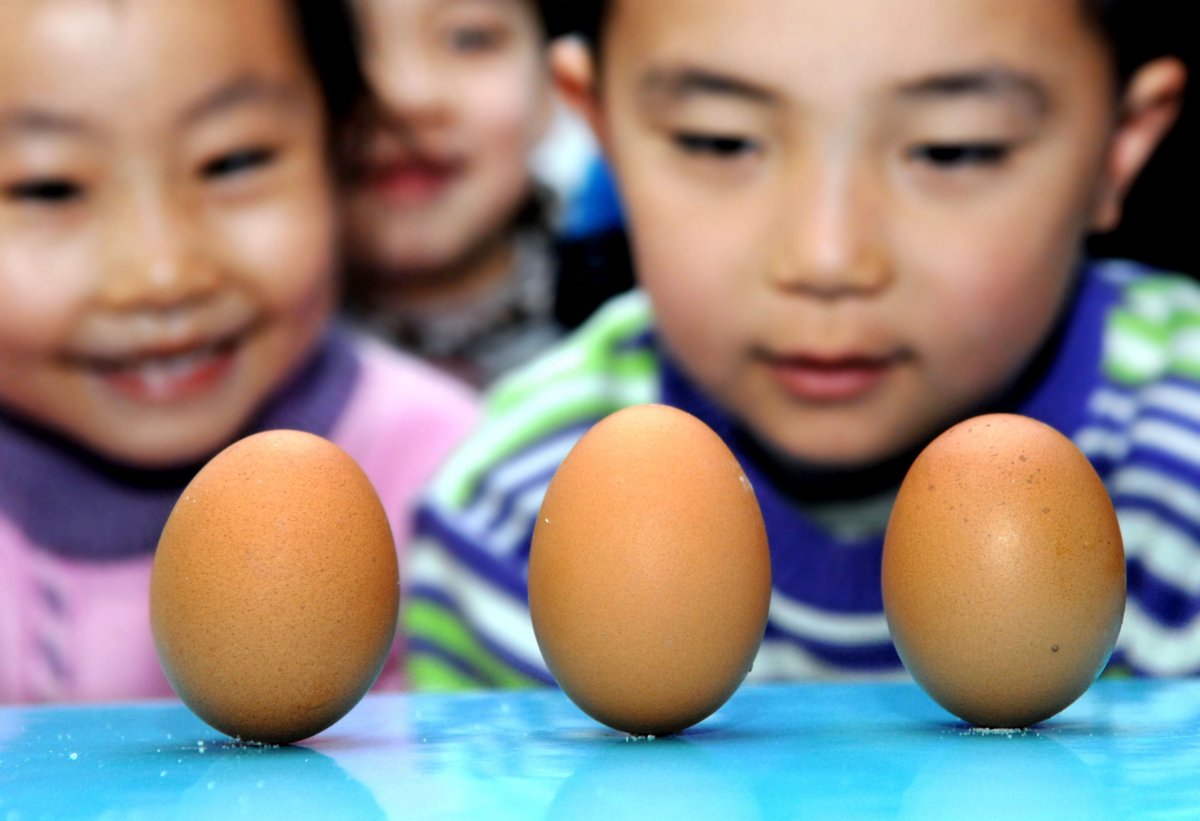
Before the moon became an object of worship, farmers were busy with three major agricultural activities: autumn harvest, autumn plow, and autumn sow around the autumn equinox. However, for people whose skills took them out of the fields, it is also a time to start drawing 秋牛图 qiū niú tú autumn cattle pictures, a folk art that depicts autumn harvest scenes on red or yellow paper inscribed with the 24 solar terms of the year. These amateur artists then distribute their works to the farmers while greeting them with auspicious rhymes, hoping to receive a few tips in kind.
What to eat for qiufen
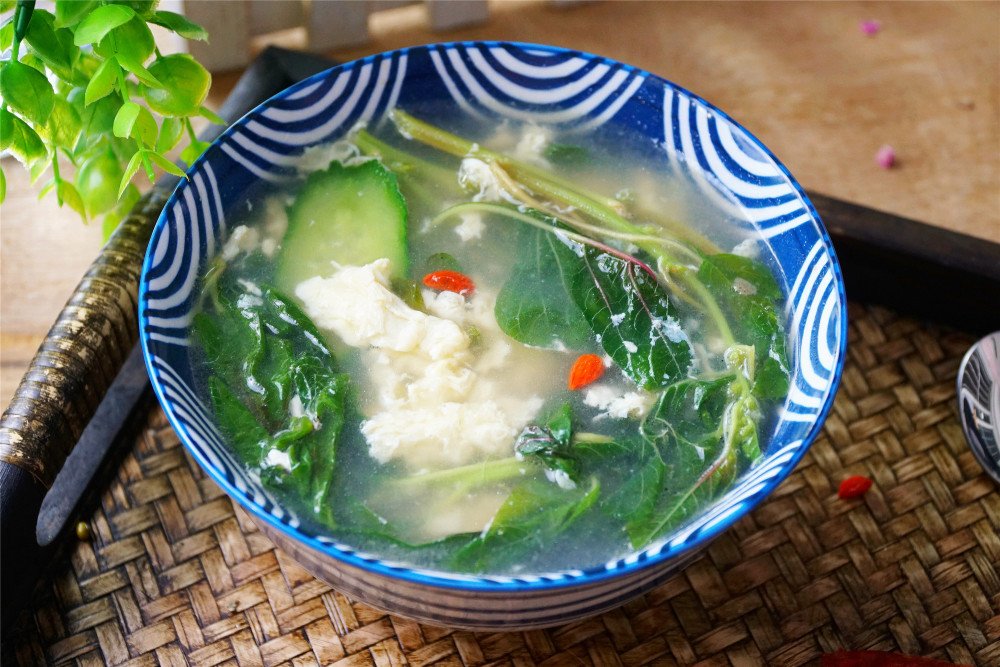
Mid-autumn is also a good season to go hiking and enjoy a picnic. Some southern provinces practice the tradition of making 秋汤 qiū tāng (autumn soup), which consists of 秋碧蒿 qiū bì hāo seasonal wild amaranth and fish fillet. People believe this soup detoxifies the body and boosts the immune system ahead of the upcoming harsh weather.
It is also common for farmers to enjoy sweet dumplings on this day, and they will even boil dozens of dumplings without the filling and pierce the skins on a bamboo stick in their fields. This seemingly bizarre tradition aims to feed and seal the mouths of greedy sparrows with the sticky rice that is used to make the dumplings, ultimately saving the crops from hungry birds.
READ: Think Like a Free Rabbit With These Chinese Animal Kingdom Expressions
Images:17qq, Tencent, Xinhua, 3lian, Zhihu
Related stories :
Comments
New comments are displayed first.Comments
![]() BauLuo
Submitted by Guest on Thu, 09/22/2022 - 21:17 Permalink
BauLuo
Submitted by Guest on Thu, 09/22/2022 - 21:17 Permalink
Re: Solar Terms 101: The Night Grows Longer, The Moon Shines...
You cam put otsa pretty faces everywhere, but the real faces are the faces you have never Z174K1Hseen.Now I once had a class once a time upon, with Professer Noel Dick. He had French desires. None- the less I thought , cherishe the childrin ba, likkity it split ba, get yer gender ya yaya' baby haha. Profess deeply, Now hoppitty hop to the Barbery shop, likkitey split , ba.
Yeah he was a great Professor, I tihnk he is online after JOE BIDEN LEADER OF THE WESTERN WORLD.
![]() BauLuo
Submitted by Guest on Thu, 09/22/2022 - 20:54 Permalink
BauLuo
Submitted by Guest on Thu, 09/22/2022 - 20:54 Permalink
Re: Solar Terms 101: The Night Grows Longer, The Moon Shines...
Now some, a few, that is, were paralytic, but most were figuring sums, that is, what is the loss and what is the gain of creatin a flase pnaammdmdndemic. The numbers came out well, and Bob was yer uncle.
![]() BauLuo
Submitted by Guest on Thu, 09/22/2022 - 20:37 Permalink
BauLuo
Submitted by Guest on Thu, 09/22/2022 - 20:37 Permalink
Re: Solar Terms 101: The Night Grows Longer, The Moon Shines...
The moon is past full. It is waning. I pay attention to th moon,mofo! don try an funk wi me.
![]() BauLuo
Submitted by Guest on Thu, 09/22/2022 - 18:39 Permalink
BauLuo
Submitted by Guest on Thu, 09/22/2022 - 18:39 Permalink
Re: Solar Terms 101: The Night Grows Longer, The Moon Shines...
Now I once had a class once a time upon, with Professer Noel Dick. He had French desires. None- the less I thought , cherishe the childrin ba, likkity it split ba, get yer gender ya yaya' baby haha. Profess deeply, Now hoppitty hop to the Barbery shop, likkitey split , ba.
Yeah he was a great Professor, I tihnk he is online after JOE BIDEN LEADER OF THE WESTERN WORLD.
Validate your mobile phone number to post comments.

